Food for neutered and neutered dogs
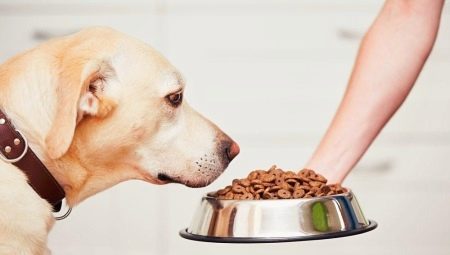
How to choose food for spayed dogs and why do pets need a special approach to feeding after surgery? Should the food for spayed pets differ according to breed, age and size? Answers to these and many other questions can be found in this article.
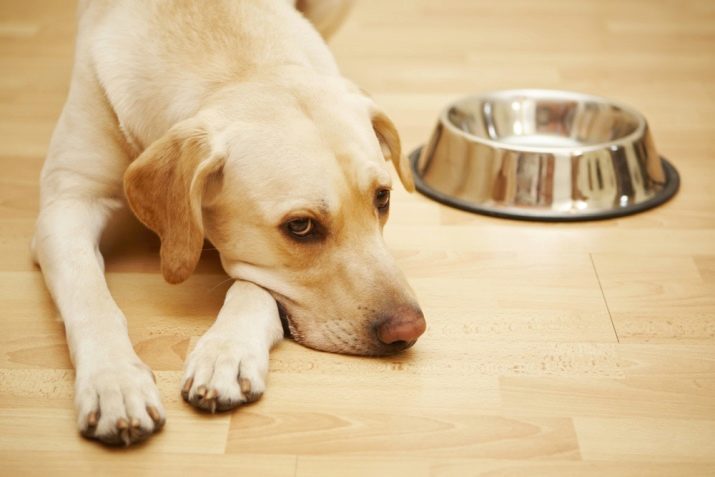
Peculiarities
After surgery, the tailed family members undergo strong hormonal changes, as a result of which the animal becomes prone to obesity. In this case, the pet's nutrition must be balanced - he needs to receive a certain amount of calories, proteins, carbohydrates and fats, as well as a vitamin and mineral complex.
Changes in hormonal levels also increase the likelihood of developing allergies in a dog. It is also necessary to take this into account and strive to choose feed free of strong allergens, including chicken, wheat, corn, soy.
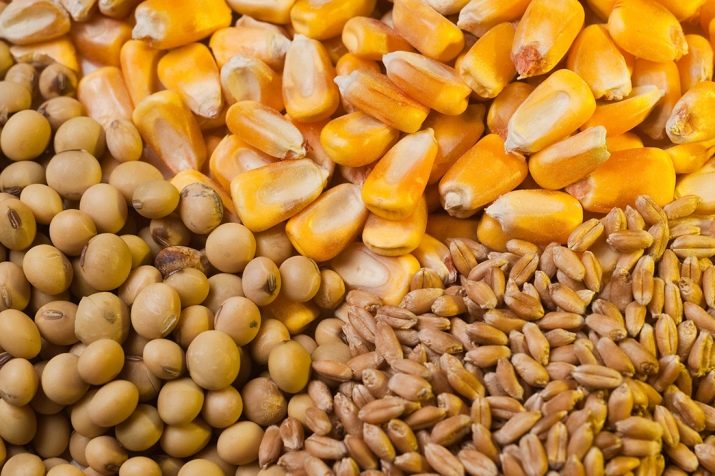
Changes in hormonal levels and a sedentary lifestyle often lead to diseases of the musculoskeletal system, bones and joints of spayed dogs.
This is especially common among representatives of large breeds - labradors, chow-chow. They are more prone to arthritis, bone fractures, and joint dysplasia after surgery.
The digestive system of the animal is also exposed to great stress. All breeds have an increased risk of developing pancreatic inflammation. Despite the fact that urolithiasis is more common in spayed cats, in dogs, a similar ailment is also possible. The operation itself does not provoke the development of this disease, but in combination with a sedentary lifestyle and obesity, it does.
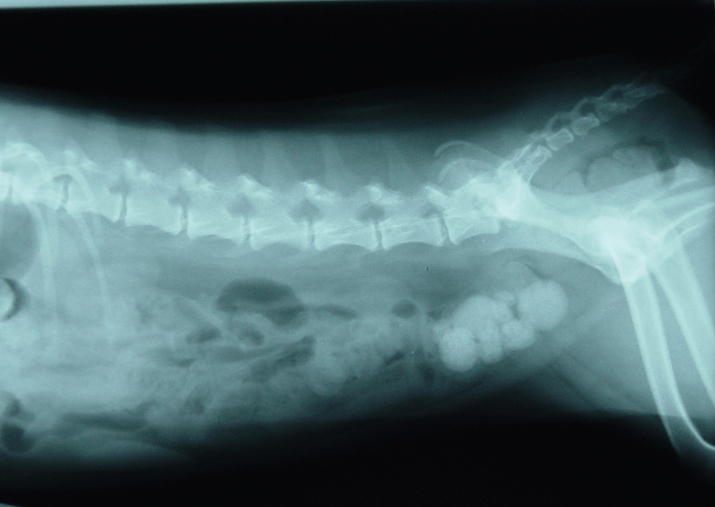
On the first day after anesthesia, the animal is not fed, only water is offered in small quantities.
During the first week after the intervention, the animal is given a small amount of food, the usual rate should be cut by about a third. The exact number of servings and feedings should be checked with your veterinarian.
At week 2, during the recovery period, the dog's food should be nutritious but simple. Super premium wet food can be recommended. If the pet does not recognize wet food, you can give him the usual dry granules soaked in water. You need to feed your pet often, but in small portions. From 3-4 weeks, dry food can be introduced into the animal's diet, gradually making them the basis of the menu.
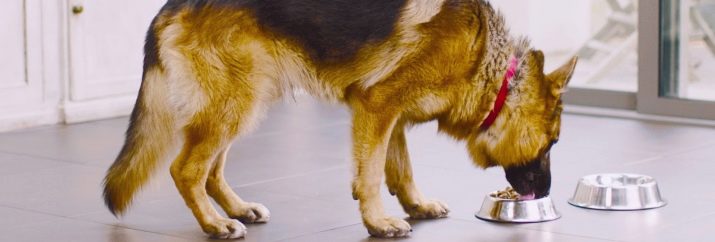
At this point, it is important that vegetables, vitamins, and minerals are present in the animal's feed.
The first month after the operation is not the time to change the brand of feed, and even more so to switch to a different type of food. An exception is an unexpected allergy to familiar products. But even during this period, it is advisable to choose a hypoallergenic food of the usual brand (that is, not to completely change the product, but to change only the line).
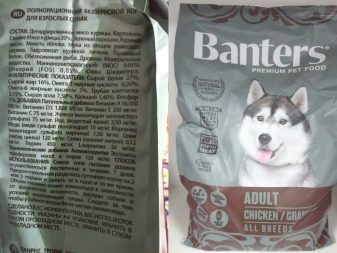
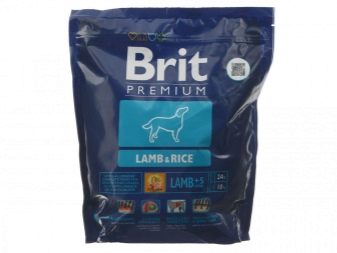
Views
All types of feed are divided into dry and wet... Dry are the granules that most dogs crunch with pleasure. Wet food can be of varying degrees of homogeneity - from mashed products to meat or fish pieces, filled with jelly.
A healthy adult dog is best served with dry food.... For the correct functioning of its nervous system, the development of the jaws and the cleaning of the teeth, the animal must gnaw something. Wet food allows you to add variety to the usual diet, with which you can occasionally pamper your pet. It is important to select the same brand of dry and wet food.
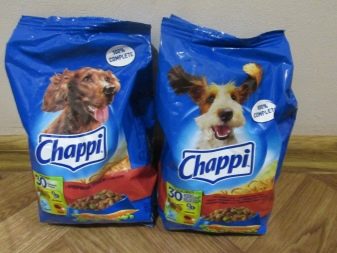
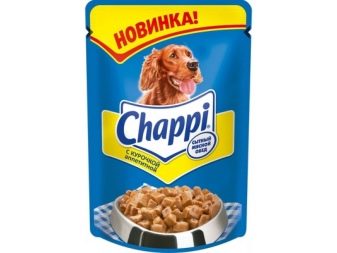
Canned food is often recommended for puppies, elderly and sick dogs.
An important point: already from 1.5-2 months, hard granules should be included in the diet of puppies, gradually completely switching to them. This is important for the jaw system of the growing dog.
In terms of balance, food for spayed dogs is divided into 4 groups.
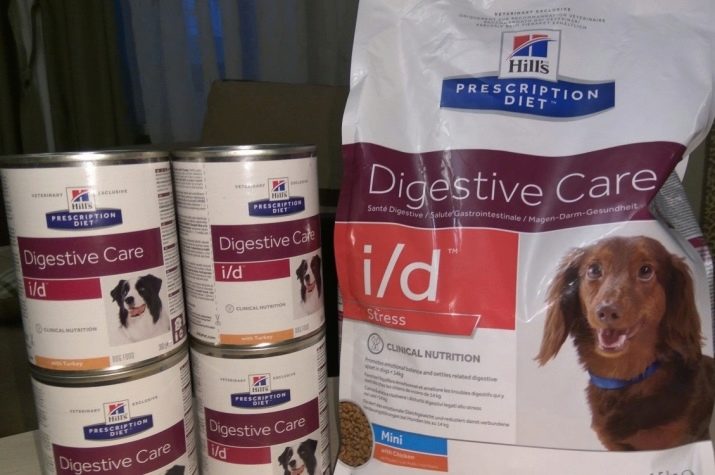
Holistic
The food is of the highest quality. As the manufacturers say, raw materials for it can even be used in human nutrition. Up to 90% of the composition is animal protein. As a rule, it is turkey, beef, lamb, rabbit, rarely chicken. There are lines of food with salmon.
The next ingredient is rice, buckwheat or barley. There are carbohydrate-free foods in which these components are absent. In holistic vegetables must be presentSome manufacturers also add berries (eg cranberries) and herbs. A vitamin and mineral complex is necessarily present in the feed.
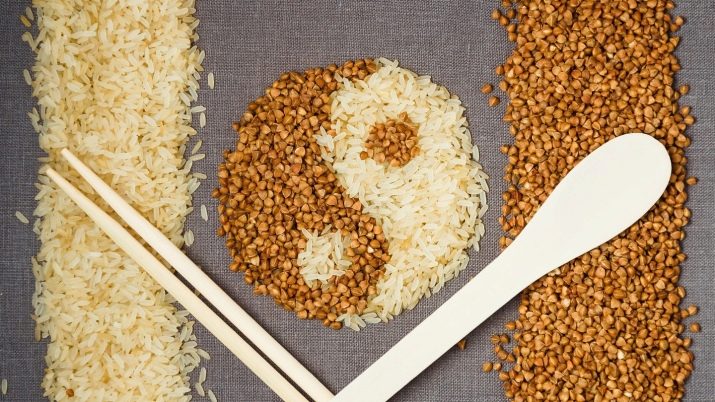
Holistic should not contain flavors, dyes, preservatives. High nutritional value and balance of food make them one of the most suitable options for feeding dogs.
The disadvantages of this product are the rather high cost, as well as the fact that it cannot always be found in a regular pet store.
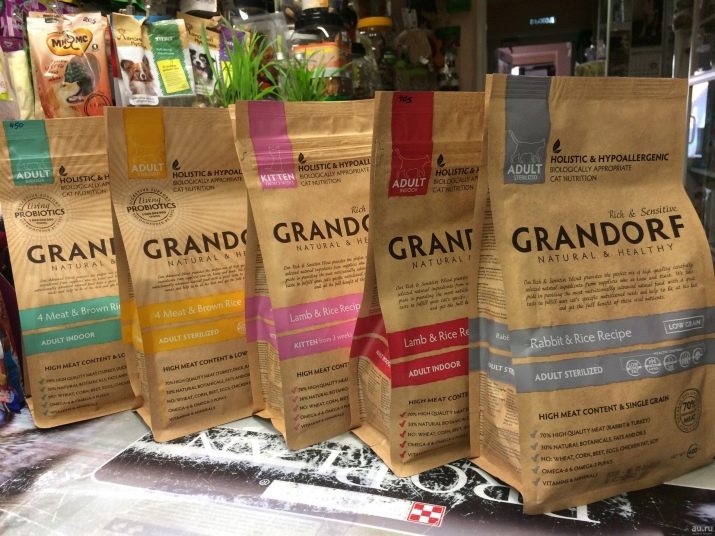
Super premium
Super premium food was considered the best before the advent of holistic. The main food here is also meat. The presence (no more than 10%) of high quality by-products (heart, liver, stomachs) is acceptable. Rice, wheat, oats, and corn are usually used as a plant component. Fats can be represented by vegetable oils, animal fat.
Sometimes vegetables are included in the composition, but this is often a pleasant exception. It is permissible to use natural preservatives, but there are no colorants or flavor enhancers in them.
The feed is enriched with vitamins and minerals. The composition of the product is balanced, the feed is distinguished by good energy value. They are widely available, but their cost is above average.
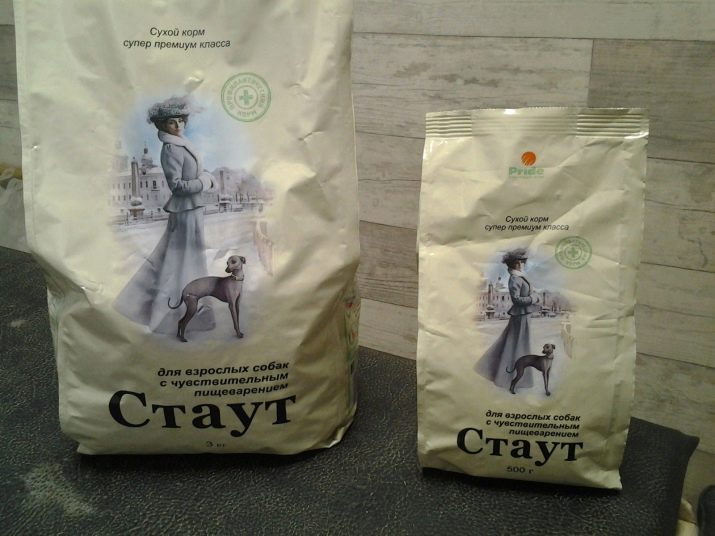
Premium
This group of feed is noticeably inferior to premium products, but there is still enough animal protein here. True, to obtain the required amount of meat ingredient offal, bone meal are added to the composition.
The volume of the plant component is significantly exceeded, and usually it is cheaper wheat and corn.
Often in such compositions there is a bias towards fatty components, but in general, the feed is quite nutritious, has a harmonious composition... Of the minuses - the presence of preservatives (however, only permitted and within the normal range are used), flavors.
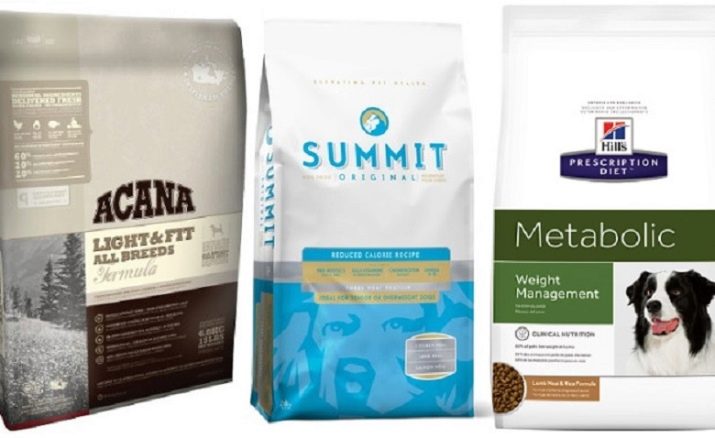
Economy
The most undesirable food option, especially for sterilized pets. There is almost no animal protein in such a product. Most often it is bone meal, leftovers from meat production, as well as plant components (wheat, soybeans, corn).
High in fat, and this is animal fat. There is no talk about the presence of vegetables and vitamins, useful components.
Enhancers of taste and aromatizers allow to “disguise” an unappetizing mass.
Among the advantages, we can note the affordability, such food is easy to find not only on the shelves of a pet store, but also on the shelves of grocery hypermarkets. Another question is whether these "advantages" are worth attention, when does the use of economy class feed threaten the pet with health problems?
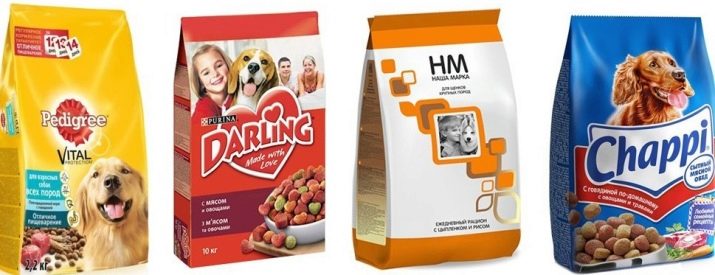
Top manufacturers
Let's consider the most popular types of food, which are included in the rating of the best and are recommended by veterinarians for spayed dogs.
Royal canin
The food is high in protein and low in fat.
Thanks to this, it is possible to provide the pet with energy, take care of the health of its bones, muscles, coat and reduce the likelihood of developing obesity.
The feed contains meat (on store shelves you can find products based on chicken, turkey, rabbit, beefand cold cuts), herbal ingredients, oils and carotene. There is a vitamin and mineral complex.
The highest quality holistic is suitable for spayed pets. There are options for small breed dogs. In addition to proteins and carbohydrates, the food contains easily digestible fish oil, chicory extract, as well as vitamins, taurine, lutein.
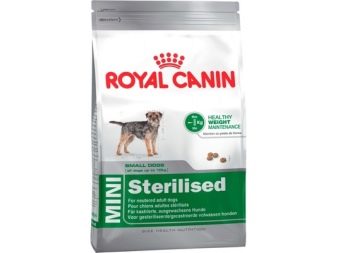
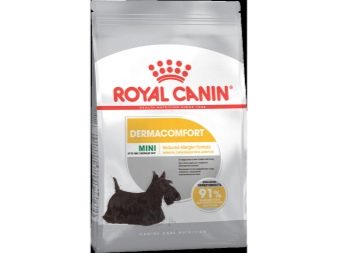
Pro Plan
The manufacturer's line includes food for overweight dogs, as well as for animals after sterilization. The composition also has an increased amount of protein and fiber and a minimum percentage of fat. In addition, the product enriched with vitamins A, B, C and D, iodine, calcium, amino acids, phosphorus.
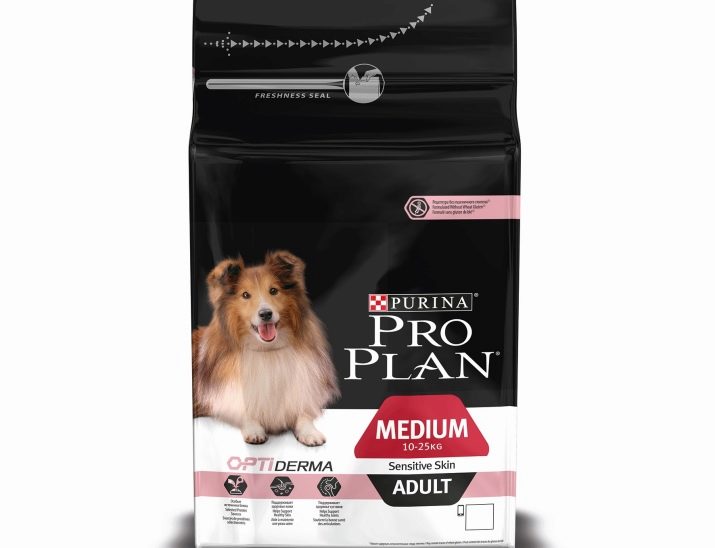
Farmina
The brand line includes a special product for sterilized animals. Aft increased amount of protein.
In general, experts note that it is very balanced.
Fiber and minimal fat content prevent indigestion and amino acids, vitamins and minerals in the composition help to strengthen the immune system, bones and teeth of the animal.
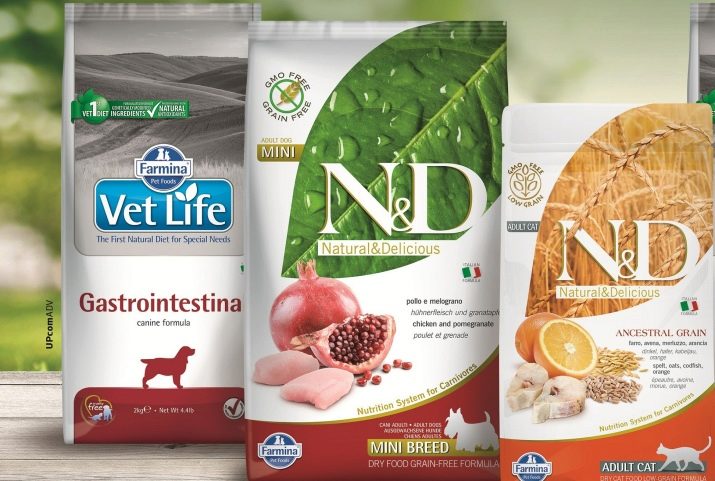
Gemon
Premium wet food with beef and ham cuts in a clear jelly broth. Suitable for adult dogs with normal physical activity, can be included in the daily diet. Among the advantages are the naturalness of the composition, the presence of vitamin and mineral supplements, natural preservatives (vitamin E).
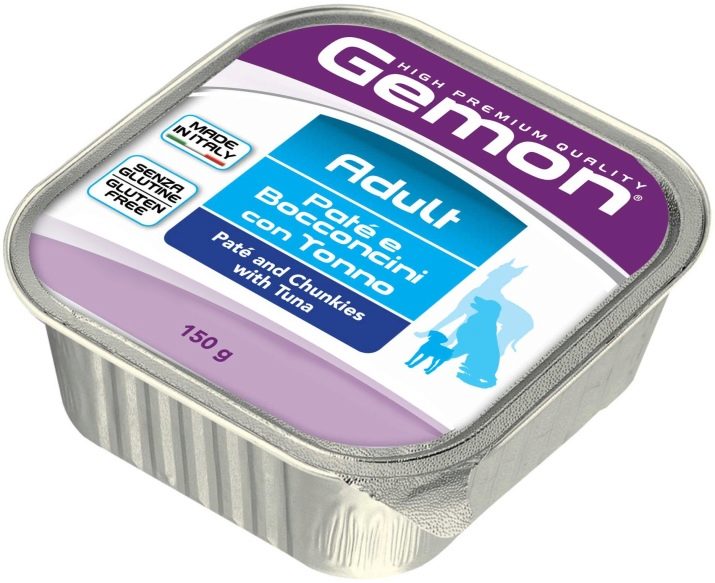
Acana
This product should definitely be included in the list of feeds allowed for sterilized pets. Attention should be paid to low-calorie product Acana Light & Fit.
The source of protein in these feeds is meat and egg whites. Red beans and peas act as carbohydrates, and there are also fruits, vegetables and dried herbs in the composition.
The fats are celery and chicken fat. Like all high quality pet food, this product contains vitamins and minerals.
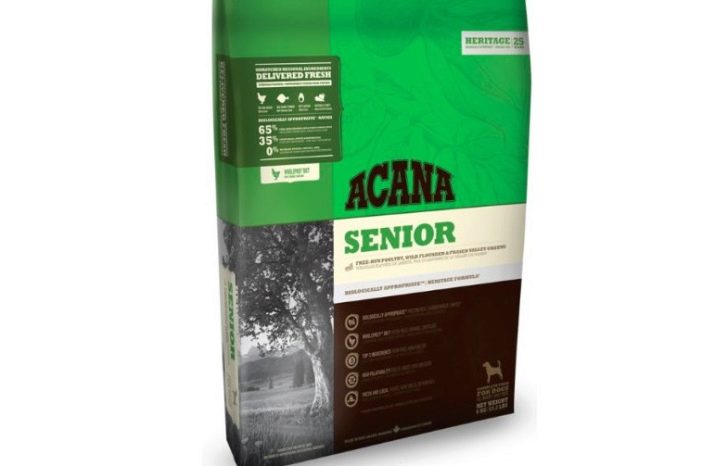
Criterias of choice
When choosing food for a sterilized pet, you should focus on the composition of the product. In the first place among other ingredients should be animal protein. Moreover, the manufacturer must indicate exactly what type of meat is used - chicken, lamb, beef, etc.For castrated and neutered dogs, chicken (it causes allergies more often than others) and pork (this is too fatty type of meat) are undesirable.
Then carbohydrates and vegetables should be mentioned in the composition. Carbohydrates are usually plant-based - ideally rice and buckwheat. Corn, wheat are not very useful. You should not purchase a product with soy in the composition.
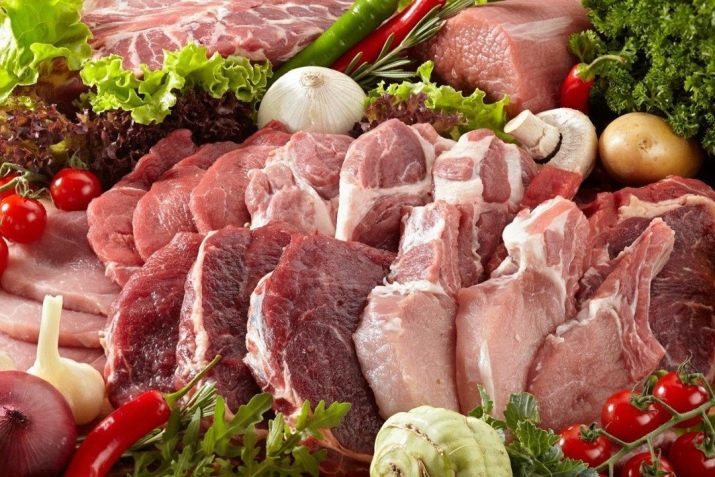
Not every manufacturer includes vegetables in their products, but you should strive to buy just such feed. Dried vegetables are intestinal fiber and a source of vitamins.
The dog's body, especially after the operation, needs high-quality vitamin and mineral support. Of course, you can give her complexes separately, but it is not easy to calculate the required amount of additives. All the more you need to know how and with what to combine vitamins and minerals.
It is much easier and more efficient to choose feed that contains the necessary elements. First of all, these are magnesium, potassium, calcium, phosphorus, biotin. They strengthen the bones of the animal, ensure growth and development, good eyesight, high-quality wool. Vitamins A, E, C and group B are also required. For animals with weak intestines, it is better to select hypoallergenic types of food, enriched with probiotics.
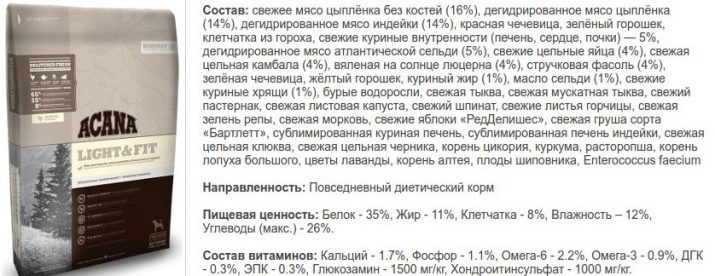
Fats are an indispensable element of the feed, because they provide energy, ensure the work of the heart and blood vessels.
However, after the operation, they should all be easily digestible. The most preferred form is omega-3 and -6 fatty acids. They are obtained from sea fish, flaxseed, and some vegetable oils. Animal fats are too much stress on the body of a neutered pet.
For small breed dogs, special foods should be chosen. These animals are usually characterized by mild excitability, energy and tendency to obesity. The food should, firstly, provide an active animal with energy, and secondly, it should not cause obesity. In addition, in a special feed, the granules are usually smaller, which corresponds to the size of the jaws of decorative pets.

For large dogs, especially those that are kept in an apartment, you need to select less high-calorie food with an appropriate granule size. Otherwise, the pet is at risk of obesity, heart disease, problems with the gums and teeth.
In any case, food for spayed dogs should be low in calories. This is due to the fact that their metabolism after surgery slows down by 10-15%, while their appetite almost doubles.
There must be a feeding scheme on the package. - the amount of daily food volume in accordance with the weight and age of the pet. This amount of food is divided by the number of feedings. For adult dogs, this is 2-3 meals.
The packaging must include the name of the brand, the legal address and contacts of the company, as well as the expiration date of the product. You should not purchase feed from a manufacturer that produces products for humans. There is a possibility that only trimmings and leftovers of raw materials go into the product for the dogs.
See below for advice from your veterinarian on which food to buy.






































